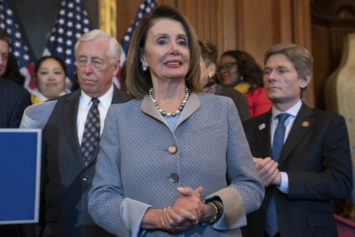To recruit more doctors to treat the poor, President Obama’s health-care law took a simple approach: temporarily pay doctors more money.
Starting Jan. 1, primary-care doctors when treating patients on Medicaid, the state-federal health insurance program for the poor, will get the same rates they are paid when caring for seniors in the Medicare program. The higher rates will last for two years.
While Medicaid fees vary by state, they are generally far below Medicare and private plans. The change, which will cost $11 billion and will be paid for by the federal government, means a 64 percent average pay increase, according to an Urban Institute analysis of the 2010 rates.
But implementing the raise is not simple.
“The higher rate sounds great and was used by the Obama administration to sell the law, but the devil is in the details and we don’t yet have the details to go out and recruit doctors,” said J. Mario Molina, chief executive of Molina Healthcare, one of the nation’s largest Medicaid managed-care health plans with 1.8 million members.
With two months to go, doctors, state officials and Medicaid managed-care plans say there are numerous details still to be worked out.
Adding to the uncertainty is that the Obama administration has not issued final rules for the pay hike and most industry officials don’t expect one until after Election Day. In addition, some states have been hesitant to promote the provision because Republican presidential candidate Mitt Romney has vowed to repeal the health-care law if he is elected.
Among the unfinished operational details cited:
●It’s not completely clear which doctors can get the higher pay. Traditional primary-care doctors, such as family physicians, internists and pediatricians, are assumed to be covered. But some specialists, such as pediatric cardiologists, also could be eligible…
Read more: Washington Post

